The Amateur Mycologist's Guide To Microscopes - Compound Vs Dissecting/Stereoscopic - Greenough Vs CMO
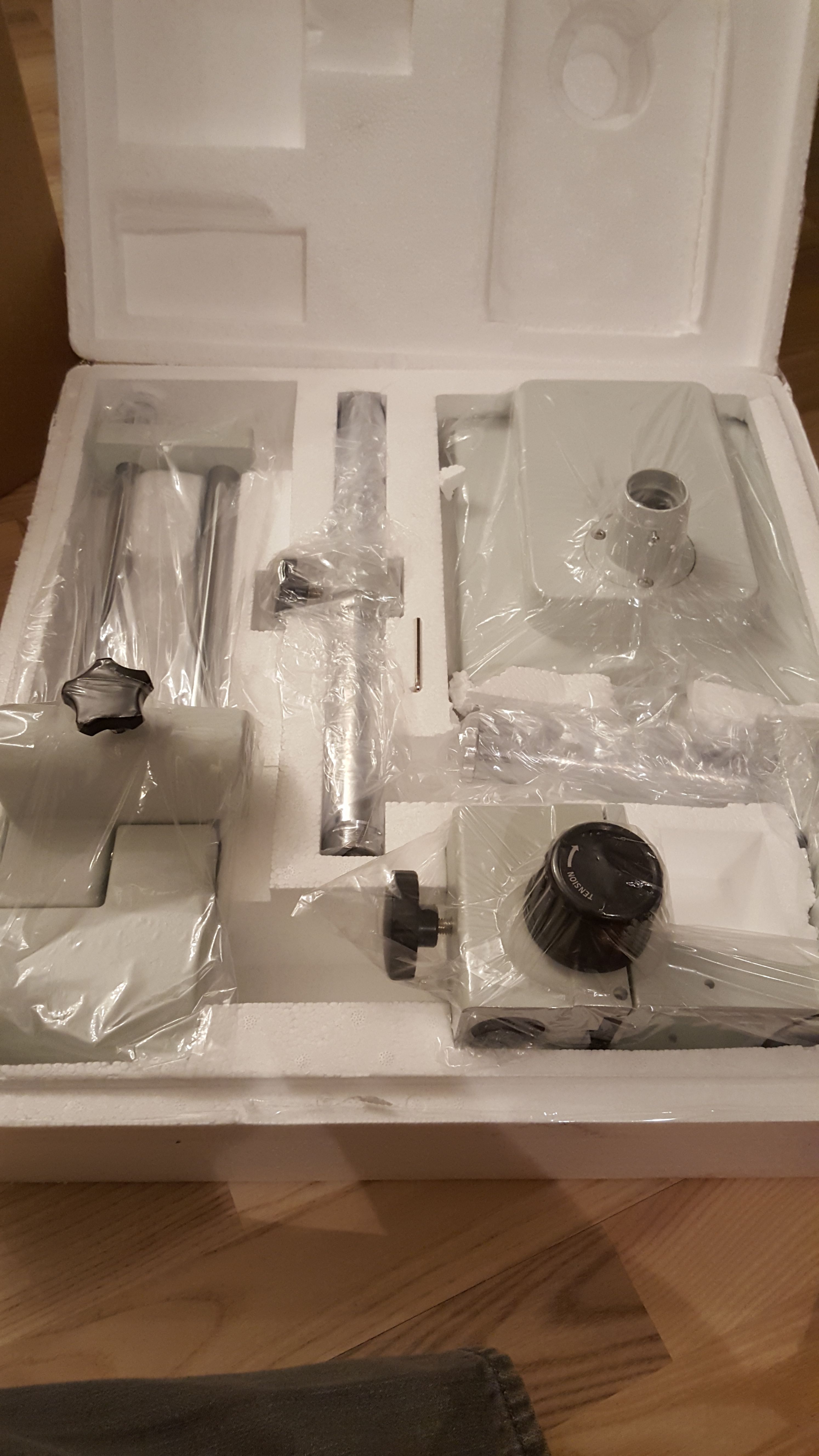
I've never received a package labeled "Team Lift" before.
I thought I had received some heavy packages in my time, but it turns out those weren't anything compared to this beast. This, my dear companions in crypto-fueled learning, is the stereoscopic dissecting microscope I ordered - and it is both less, and more, than I had hoped.
But we will get into the nitty gritty with this baby, fairly quickly next week.
For now, it occurs to me that microscopes, even the ones enthusiasts might use, are not very well understood. I certainly didn't understand the basics until after I bought this one, and THEN started researching - as is my wont, cause I'm an idiot. So, I figured it was a good time to provide a fairly comprehensive introductory, hopefully edifying FAQ, about the microscopes you're likely to use as an at home hobbyist.
Question 1 - What is a dissecting microscope? I thought a microscope was a microscope was a microscope.
Not exactly. There are a bunch of different types of microscopes out there, but there's no point muddying the waters with microscopes capable of viewing and moving individual atoms, or x-ray or ultraviolet microscopes that use higher frequencies of light to achieve magnification to very specific scientific and industrial ends.
For the at home enthusiast there are only really two types of microscopes you're likely to use. The first is the most well known and understood by laymen like me - the compound microscope..
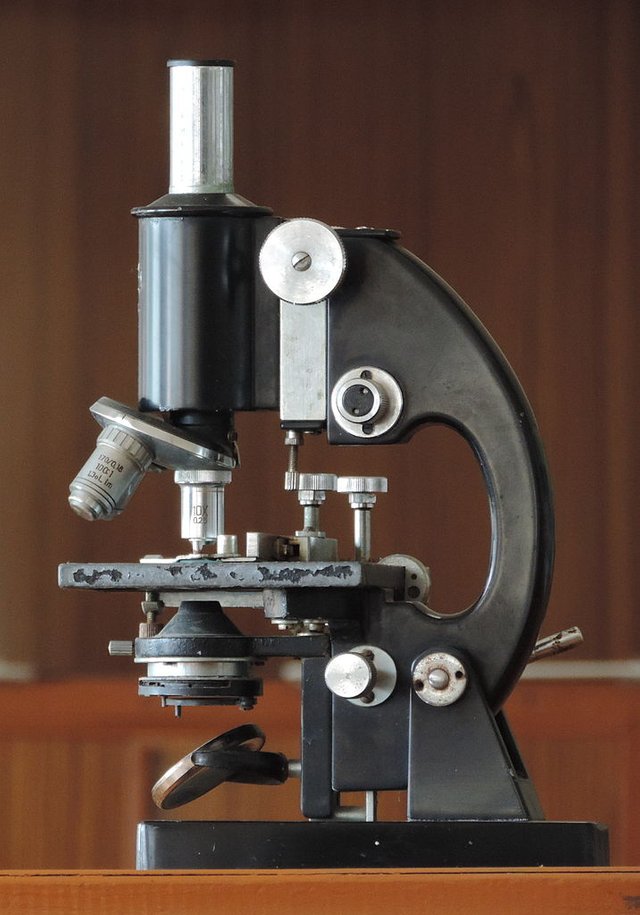
This is the microscope we all know and love.
The one you ogled your high school crush over in biology lab. The crappy one you got when you were seven and thought, "I'm a real scientist now!" Or the only slightly less crappy one you get when you're 32 and discover a crypto-social media website and tell your wife, "I'm a real scientist now!"
Of course, there is nothing fundamentally crappy about compound microscopes - it's just that most of the compound microscopes most people are likely to own are pretty crappy. This includes my compound microscope. Although it has served its purpose admirably, it's capabilities are quite limited.
A compound microscope operates on a simple principle - shine light through a very small, very thin thing. This creates an image that continues up through a series of lens and/or prismss, and into the expectant eye of the viewer. Those three metal udder looking things that spin around are called "objectives", and each one provides a different level of magnification to the subject your looking at.
When I say that my microscope is rudimentary, there are a number of things missing - ranging from the general quality of the components and lens, to something more complicated called Infinity Optics that you can read about more here.
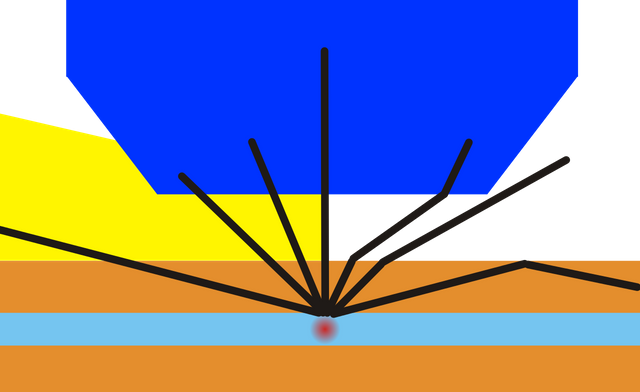
But the big problem for me is the maximum objective is only 40x magnification - which amounts to an effective magnification of roughly 400x. To be more functional I need to get one with a 100x objective. This objective would function while being immersed in a drop of oil to increase clarity at extreme magnifications. The oil allows more light to pass from the thing your looking at into the objective, as oppose to that light refracting in the air between the cover slip and the lens, thereby missing the objective and being lost.
Without the extra magnification, and oil immersion, of a better objective, the finest details of mycological and myxomycete structures will never be available to me. But then, why did I buy a dissecting microscope instead?
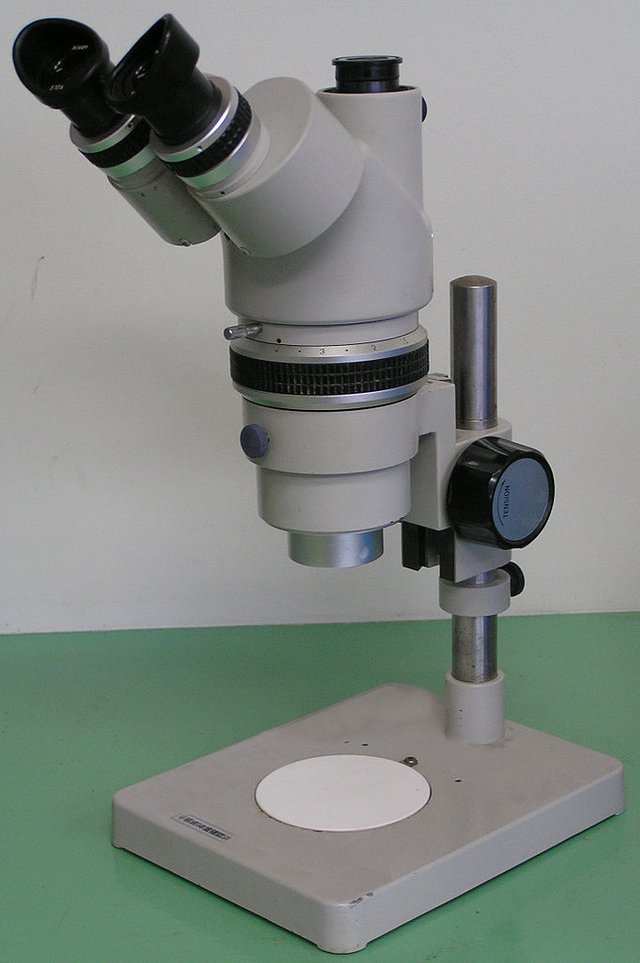
Question 2 - What Is A Dissecting Microscope?
Whereas a compound microscope shines light through the thing you're looking at, a dissecting microscope bounces light off of the thing your looking at. It's basically a glorified, more complicated, magnifying glass.
But, it also always has two eye holes that provide a stereoscopic view. This means that the things you look at take on a really awesome three dimensional look - and even though they're very tiny, you get this sense that you're like, right there with them. It's really cool.
Compound microscopes can also have two eye holes, but they just split up the same exact image. Using both eyes on a compound microscope can reduce eye strain, but it doesn't make microscopic things look three dimensional.

Question 3 - How Does A Dissecting Microscope Work?
Generally, in one of two ways. This super simple graph I mocked up leaves out a ton of details, but explains the functional difference between the two methodologies.
The first, and cheaper method - and therefore the method of my new microscope, is referred to as a Greenough microscope. A guy named Greenough came up with it. It uses two different beams of light, through two different sets of lenses, each at a slightly different angle in relation to the subject, in order to create a stereoscopic effect for the viewer.
The second method, invented in the 50s, is a Common Main Objective ("CMO") microscope. It uses more complicated prisms and more lens to create a similar, or even more accurate, stereoscopic effect - and also enables the beams to be easily manipulated in a variety of ways that might be relevant to more complex tasks.
The CMO design is also generally better for microscopic photography. Unlike the Greenough design, the CMO design does not involve two different angled images. If you take a photo through a greenough scope, using only one lens, you end up with an image that is subtly distorted by the lens's angle. You can counter act this by tilting the objective to compensate for the angle problem - or, nowadays, by taking a second picture from the other lens as well and using computer software to stack them together in a way that hopefully gets rid of the distortion. Neither way is perfect, however - and CMO is generally better for pictures.
But it is also much more expensive. So I ain't got it.
What I do have is this thing!
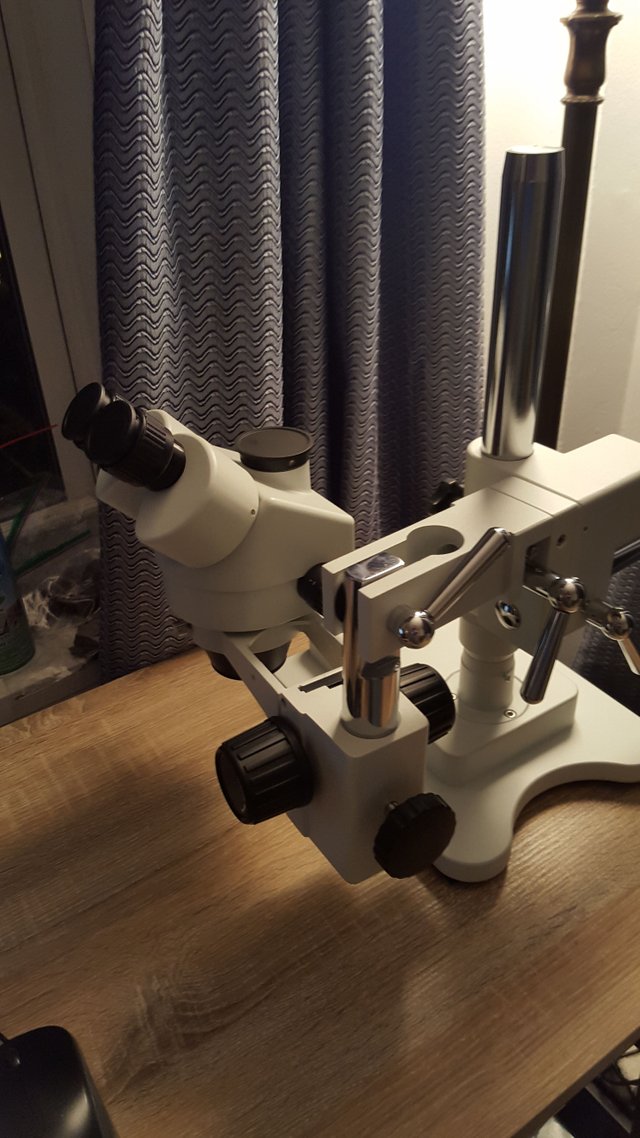
This awesome looking beast may seem like overkill in some respects, but it isn't.
If you go back up and look at the picture of the dissecting microscope, you'll see that it is in a mostly fixed position. It has a pillar stand - in that the objective can be moved up and down, and that's about it. I could have saved some money by getting that kind of microscope.
Except, friends, I didn't want to just get a fixed position dissecting scope, because I figured the kinds of things I would be looking for - primarily slime molds and tiny fungi - would not always oblige my inability to swing around from different angles to look at them.
Many uses for dissecting microscopes involves mostly flat surfaces - like working on a microchip for example. However, when you're looking for organisms that can move on their own and perch on the edges, and underneath, geometrically complex objects like tree bark, it seemed important to be able to capture every angle.
This thing can be adjusted in almost any way you can imagine - and in the last two days I've already had to swing it around a couple of times to find tiny things living at precarious angles.
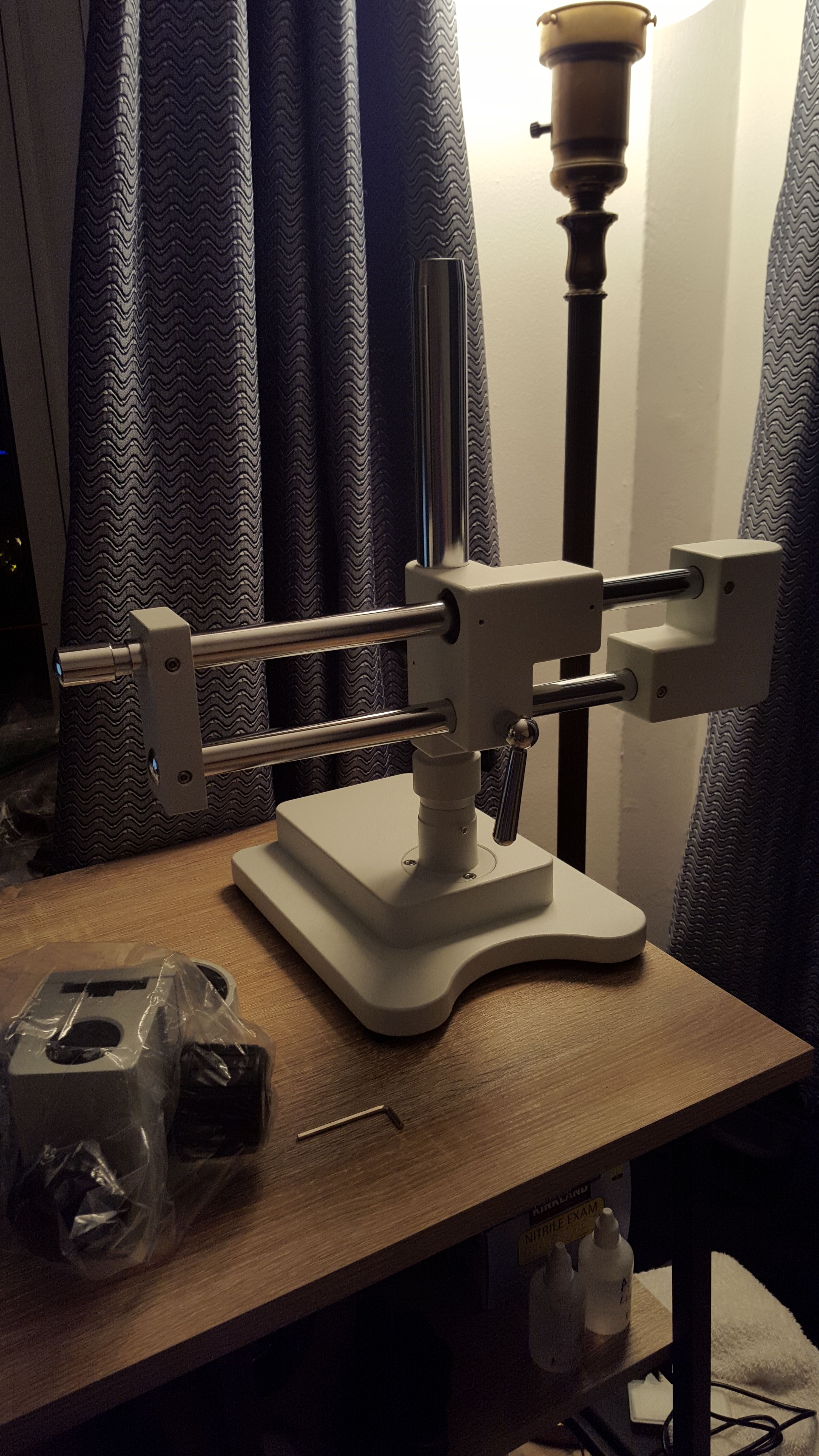
This may look heavy, but actually most of it is fairly light. The bulk of the weight is in that heavy duty, solid steel base.
In fact, that thing is one of the denser objects I've ever held. But the result of that weight is that no matter what configuration I put this microscope in, it never feels unstable.
The Good and the Less Than Great
The question is, am I satisfied? Did I make the right decision to buy this instead of one of the other two major advancements in technology I could also benefit from?
In the end, I think yes. But not for the reasons I initially anticipated. My primary hope for this set up was that I would be able to capture positively jaw dropping macro photos. Not just beautiful HD photos, but like, the sort of unbelievably beautiful macro photos you can see if you google "unbelievably beautiful macro photo."
Unfortunately, that's not quite the case. I'm becoming more adept, as I read and tinker with the tools I've acquired - but I sense that there are upper limits to the degree of clarity I will be able to achieve in my photography using this set up. The fact is I am a bit disappointed, in that sense, with the machine.
However, the solution to that problem is straightforward: purchase a real macro-photographic set up. That isn't going to happen immediately, but I'm saving up for it in the midterm.
But don't let my slight disappointment on that count fool you. In the end, I am very happy with this purchase, and very happy with the functionality it provides. Moreover, although they may not be the life-alteringly beautiful photos I one day hope to take, the images I'm able to get off of this are nonetheless edifying and entrancing in equal measure - and a major technical step above what I've been producing so far.
*What it really provides is a sense of discovery unlike anything else I've every experienced. I spent four hours yesterday scouring the 1 by 1 inch surface of a small piece of wood and felt, at moments, like the first human to land on an alien planet. I have already, almost immediately, found and recorded things I don't understand almost at all. I'm currently trying to piece everything together into something cogent that I can not just show you, but intelligently talk about. But boy is it weirdly exhilarating!
Next week, we will dive together into the minuscule universe hidden right under our noses, and meet some of the strange, other-wordly denizens of who live there.
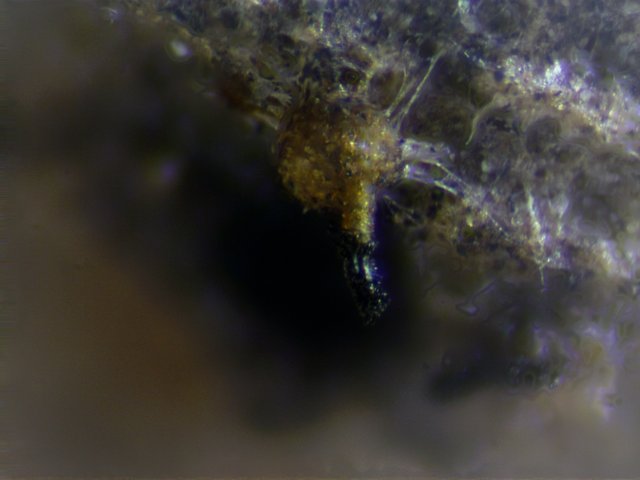
Photos Are My Own Except:
[3]By Acagastya (Own work) [CC BY-SA 4.0 (https://creativecommons.org/licenses/by-sa/4.0)], via Wikimedia Commons
[4]By Dietzel65, vectorized by Leyo based on Image:Immersionsvorteil.jpg (Own work) [Public domain], via Wikimedia Commons
[5]By GcG(jawp) (Own work) [Public domain], via Wikimedia Commons
Microscopic photos were taken using an AMScope M150B entry level microscope. If you use microscopes, I'm quite sure you've never heard of this model - but its cheap and available on Amazon. The camera lens is also AMScope, MD35 and MU300. Lastly it should be noted that the precise magnifications are not easily deduced using the camera - but based on relative spore sizes compared to known microscopic photos from Kuo and other sources, I estimate 40, 100 and 400x.
Information Sources
[1]The History of The Microscope
[2]Oil Immersion Microscopy via Wikipedia
[3]Stereo Microscopy via Wikipedia
[4]Compound Microscope Explanation At Microscope.com
[5]Brief Explanation of Infinity Corrected Optics
[6]Great PDF "Digital Photography With The Low-Power Microscope By Paul van Beusekom
Dude -- this is so exciting! Great write up on the microscopes -- I had no idea there was a difference. Very excited to see some of your follow up posts with images from the new microscope. You've already inspired me to do a little bit of poking around when I'm out hiking to try to find some fungi and mushrooms. I can only imagine what you'll find with this deep dive. Looking forward to it!
The next couple of posts have some stuff that, I think anyway, is really really cool. Whether others agree is yet to be seen - but I'm excited about it :)
I think you are the only guy on the internet that makes mushrooms (and looking at them) an interesting topic :-D Anyway, can't wait to see what pictures you will post!
Thanks for that!
Wow! Thanks for this information on microscopes. The last time I used a microscope was in high school, when we looked through plant leaves, identified the type of cells and fibers and placed the samples in glass slides. That was a long time ago!
Well I encourage you to get one for the home if you're able - the dissexting scope in particular sheds a new kind of light on the microscopic/psuedomicroscopic world.
thanks for educating me about microscopes, now I can't wait to see the 'beast' in action. Have fun and congrats @starke and your daughter.
This is one of those posts I wish I'd written before I bought the new scope - but as usual I don't know the extent of what I don't know until experience reveals it.
Thank you for that!
Awesome post! I was just saying to my hubby this morning that we should get one as I would like to try some Photography via microscope... but he wants a telescope for the same purpose. Of course. 😁 Hmmmm ...
Haha - the pull of curiousity goes in both directions! Hell I would say get both if financial reality allows! Amazing things to see on both sides of the universe's scale.
Unfortunately for me, although city life doesn't preclude my investigation into the extremely small, it does banish the mysteries of the night sky.
Not a topic I knew I wanted to read about, till after I started reading about it! Thanks for the breakdown and for making it so entertaining :)
That's great! What better outcome could I ask for? :)
Maybe a more valuable upvote, but I'll give you what I've got ;) haha
Thanks for the information!
I want to use microscope but I haven't got one. I am planning to buy one and zoom all stuff!
WOW @dber! What an investement! I applaud you for this buy and I am already extremely excited to see more of these other worldly trips you will take us on! Thank you so much.
You know I gave it a lot of thought - as well as se other plans I have - and ii think at the end of the day steemit is the reason I've gotten so into the hobby, and to the extent the boom periods for the currency can fund my own technical advancements, it made sense to me to take advantage.
So with that in mind, there are at least two more big buys in the works, and each should open up new perspectives and unlock new heights of quality.
I understand. The boom did all of steemer very good I guess, as long as you started bloggin somewhere last year. I got into steemit and through that back into bloggin on Jan4th and now after a week I get deeper into all this I also find out this was actually peak day for STEEM... Lets see where this journey goes.
Keep us updated about your progress!
that's cool, how much did it set you back?
It was not - from my perspective - cheap. But it was less expensive than a similar model from almost any other legit brand. :) Some googling will readily turn up the details if your interested - AMScopes seem to everywhere, from amazon to jet.com
Take a few good trichrome pictures and post them and it ought to pay for itself :)
Is trichrome staining used with dissecting scopes? I thought it was used in compound microscopy...
Either way, stains and dyes are definitely the next level of mounting technique for me - currently I don't have any dyes whatsoever, let alone the melange of acids involved in trichrome.
But I also haven't upgraded my compound scope yet! That may be next!
I think they actually come in various stunning colors.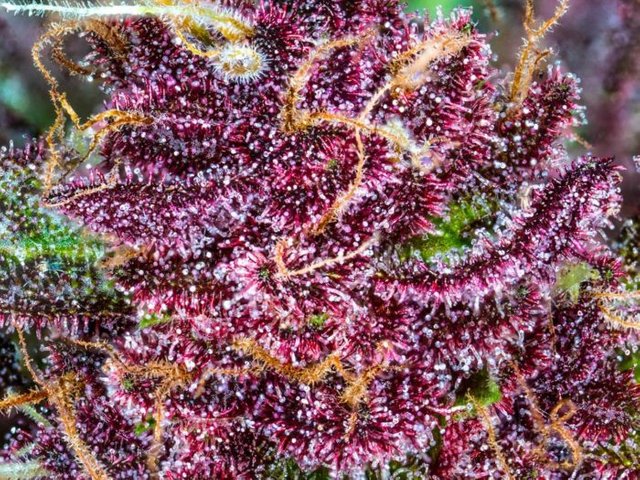
Ohhhh - I thought you meant trichrome the microscopic staining process - it does make for some pretty pictures also - but this makes a lot more sense! Yeah I need to find me as many tiny things to look at as possible!
I sensed there was a disconnect :)